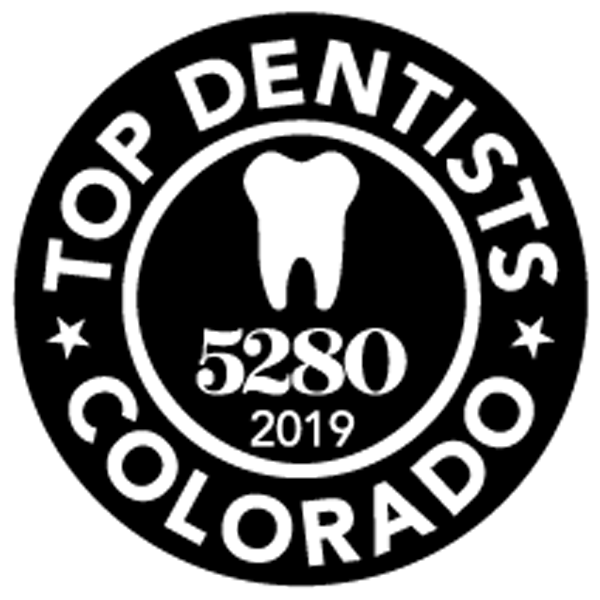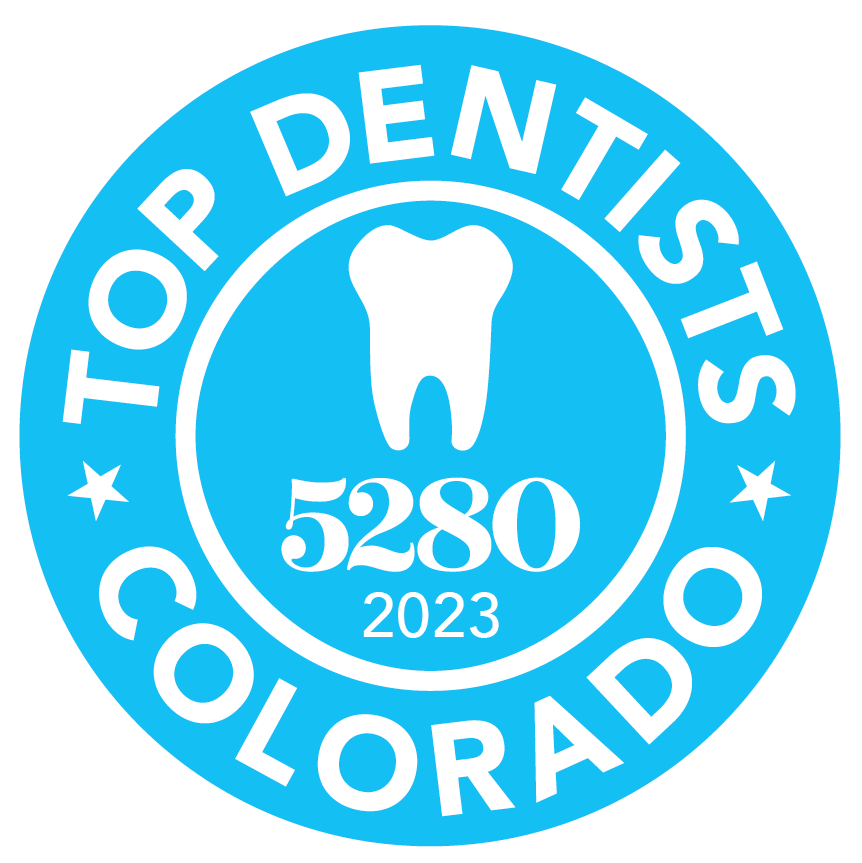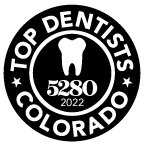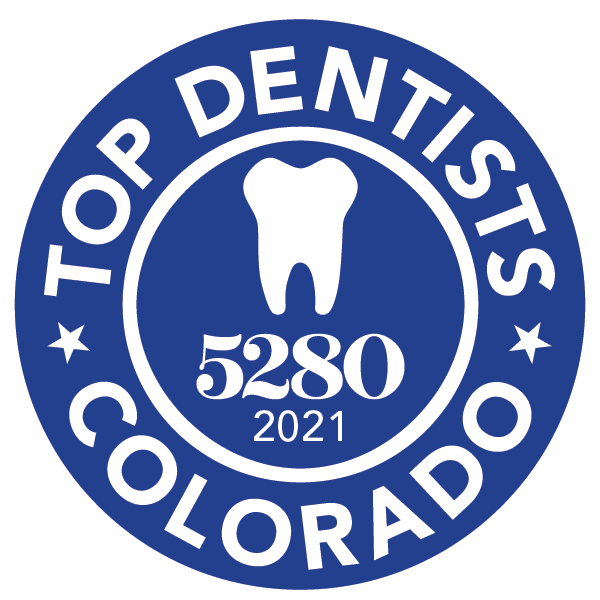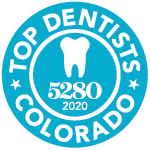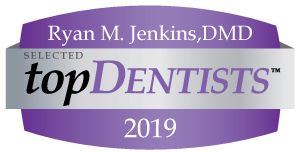In many cases with missing teeth, there is significant bone loss and insufficient bone to place dental implants. In order to have enough bone to place implants, a ridge augmentation procedure may be required to regenerate enough new bone for implant placement. The amount of existing bone can be determined by taking a Cone Beam CT (CBCT) scan. If the bone is insufficient, ridge augmentation will be needed before placement of the implants. A number of techniques, such as guided bone regeneration (GBR) , can be used to help regenerate enough bone, and Dr. Jenkins will determine which technique will have the best results. For the procedure, the site will be numbed with local anesthesia. An incision will be made in the gum tissue, and the gums will be pulled back to expose the jawbone. Bone graft and other biomaterials will be placed to augment the bone. A membrane will then be placed over the bone graft material. Sometimes titanium screws will be used to help secure the membrane or help maintain the space for the bone graft material. These screws will be removed at a later time. The gums are then sutured over the newly grafted bone. Healing will require a minimum of 6 months. After healing, a new CBCT scan will be taken to evaluate how much bone is present, and dental implants can then be placed.
Purpose Of Ridge Augmentation
The purpose of a ridge augmentation is to rebuild the missing bone after tooth loss prior to implant placement. Implants need adequate width and height of bone in order to be completely surrounded by bone upon placement. Ridge augmentation is very commonly done after tooth loss has occurred and the jawbone has atrophied.
We know that any kind of oral surgery procedure can be distressing, but the end result of ridge augmentation, implant placement, and dental restoration is a beautiful smile that you can be proud to show off and use to comfortably eat your favorite foods again.
